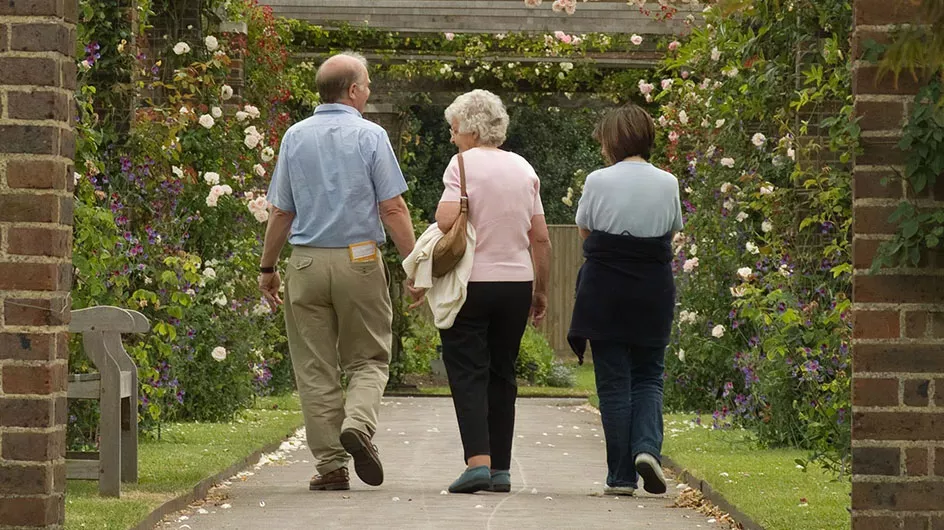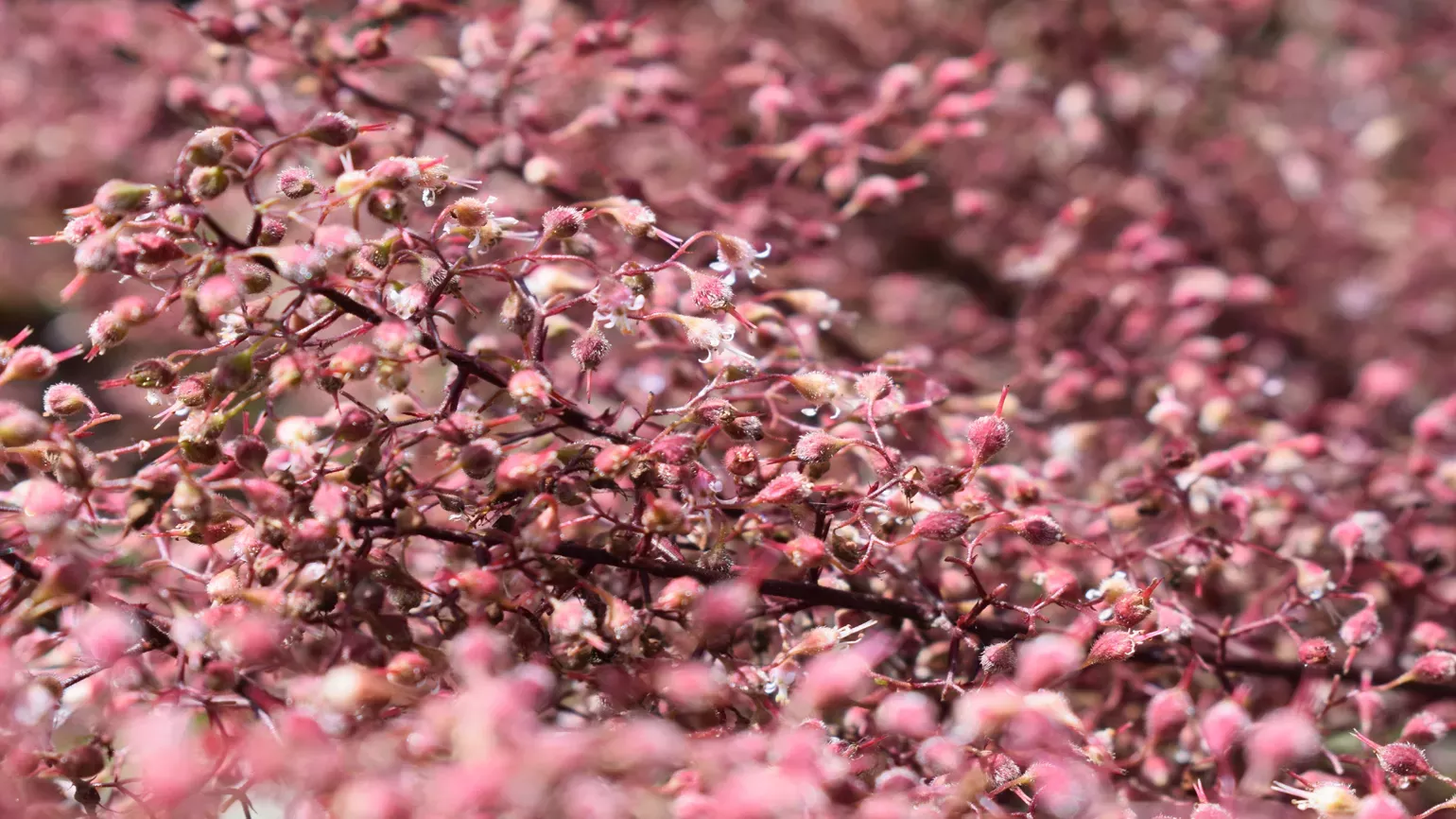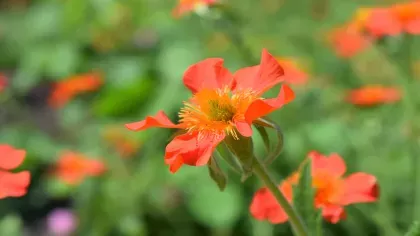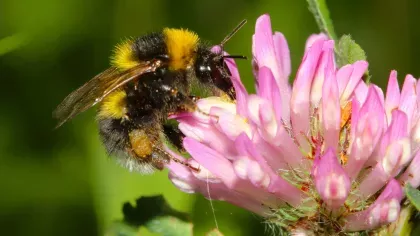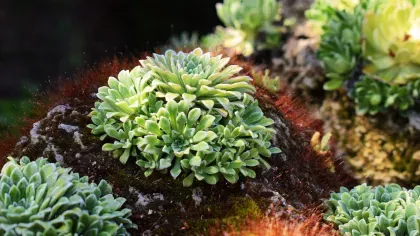30 October 2019
11 things to know about the Agius Evolution Garden
From the noisy buzz of bees to the fragrant archway, Kew’s newest garden has something on every corner.

1. Bursting with 700 kinds of plant
This garden is 1.3 acres, filled with around 700 kinds of plants and brings over 350 million years of evolutionary history to life.
Walk around the garden and you will see it is split up into 'rooms' where closely related plants grouped by plant families and related families are grown together.
Spot the ferns, cycads, ginkgo, pines, palms, climbers, trees, shrubs, herbs and geophytes (plants that have underground storage organs like tulips and daffodils).
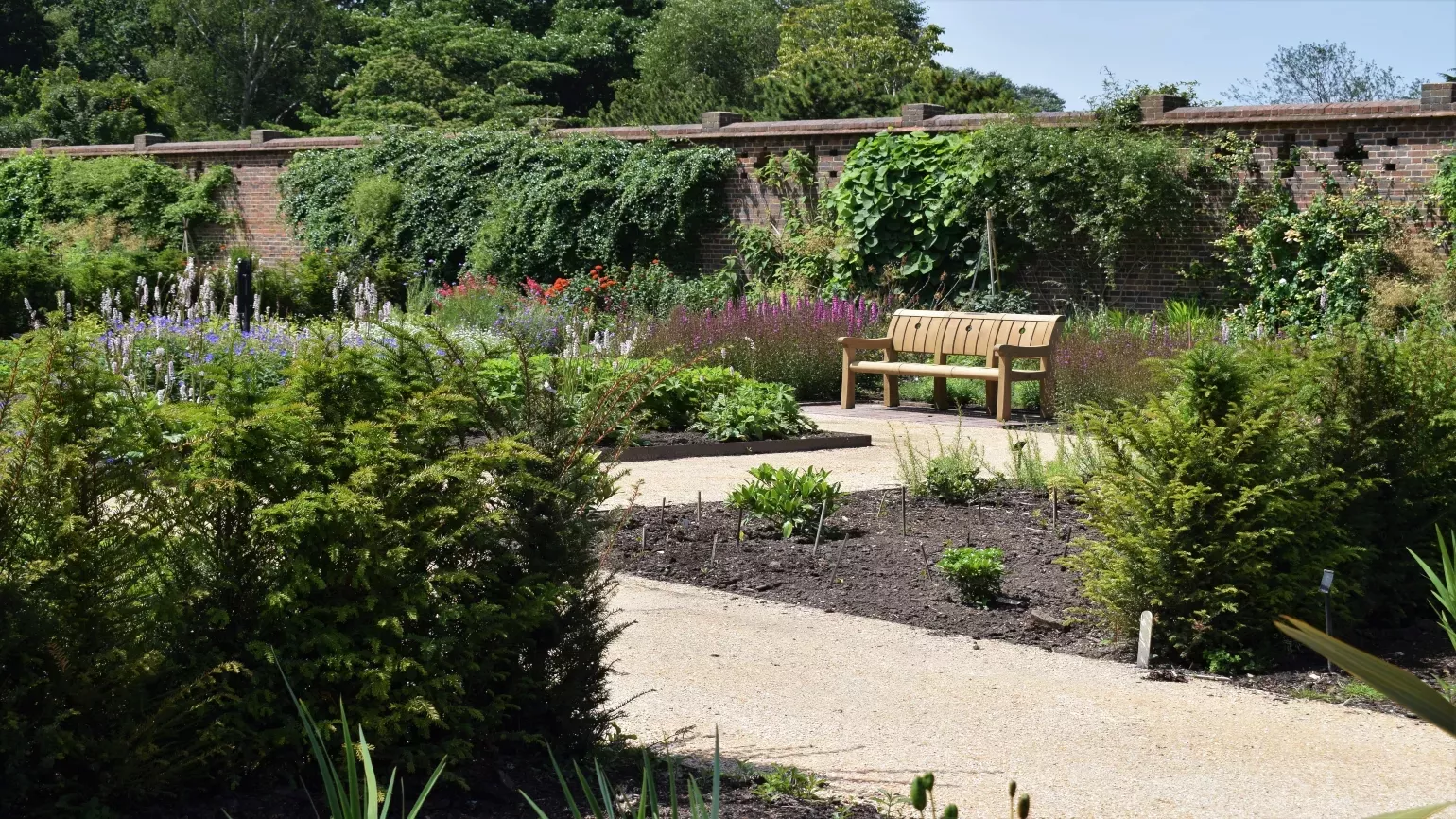
2. Watery beginnings
The first plants most likely started off in water, until 500 million years ago when they evolved to live on land.
Some of the early plants, like ferns, don’t have seeds. They release spores and these make sperm cells that need to swim to the eggs. So they rely on water to reproduce and are often found in wet habitats.
3. Strange roots
Our tree ferns (Dicksonia antarctica) have roots produced at the top of the trunk that run down the outside to the soil.
4. Special mulch
The mulch we use in the Evolution Garden is the same across Kew.
We make it ourselves out of plant waste, which is shredded and mixed up with stable bedding from the Royal Horse Artillery Stables. It takes about 10 weeks to prepare.
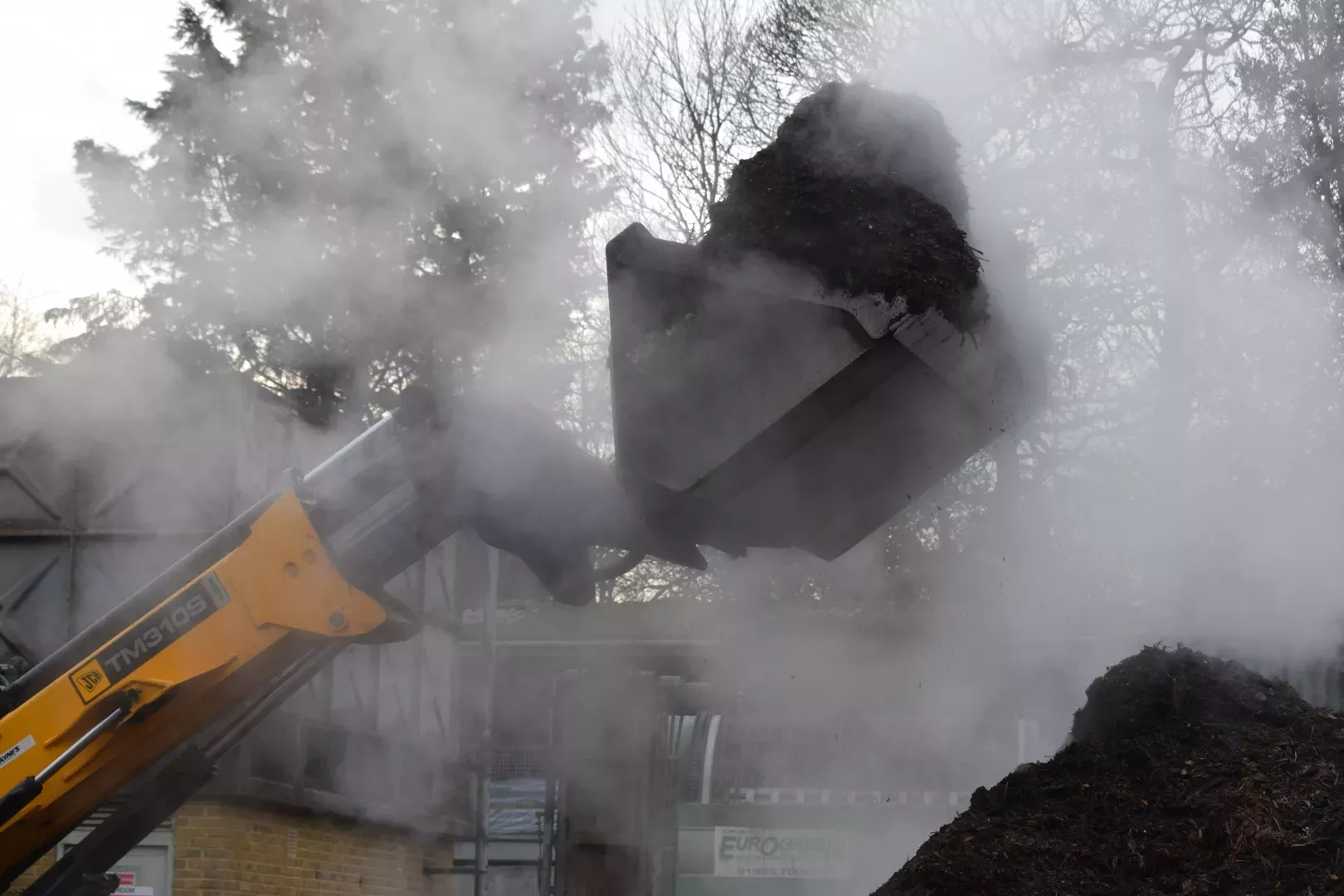
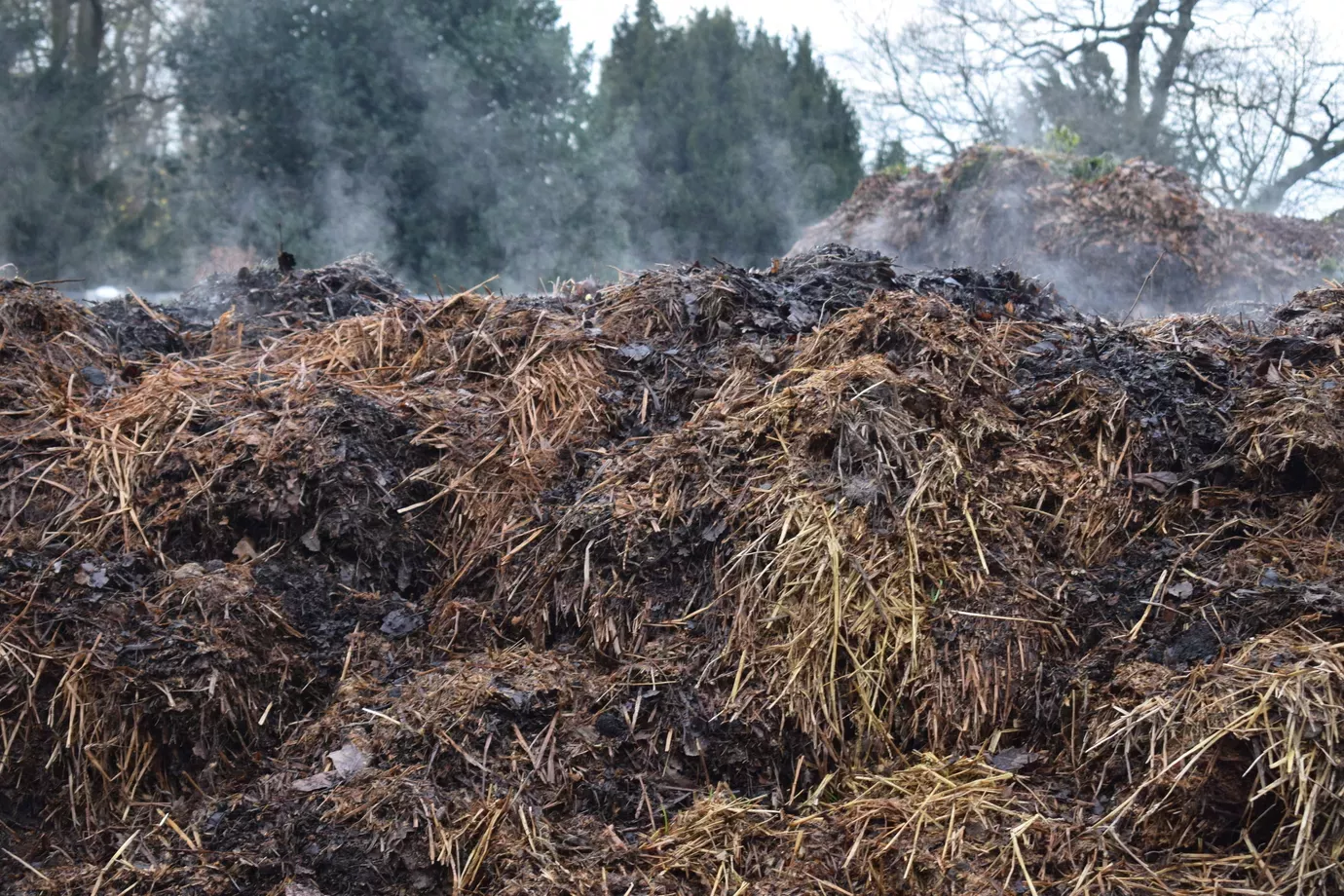
5. Ancient giants
350 million years ago, the relatives of the horsetail plant (represented in the garden by Equesetum heyemale) grew into 40m high trees.
They would have dominated the forests at that time.
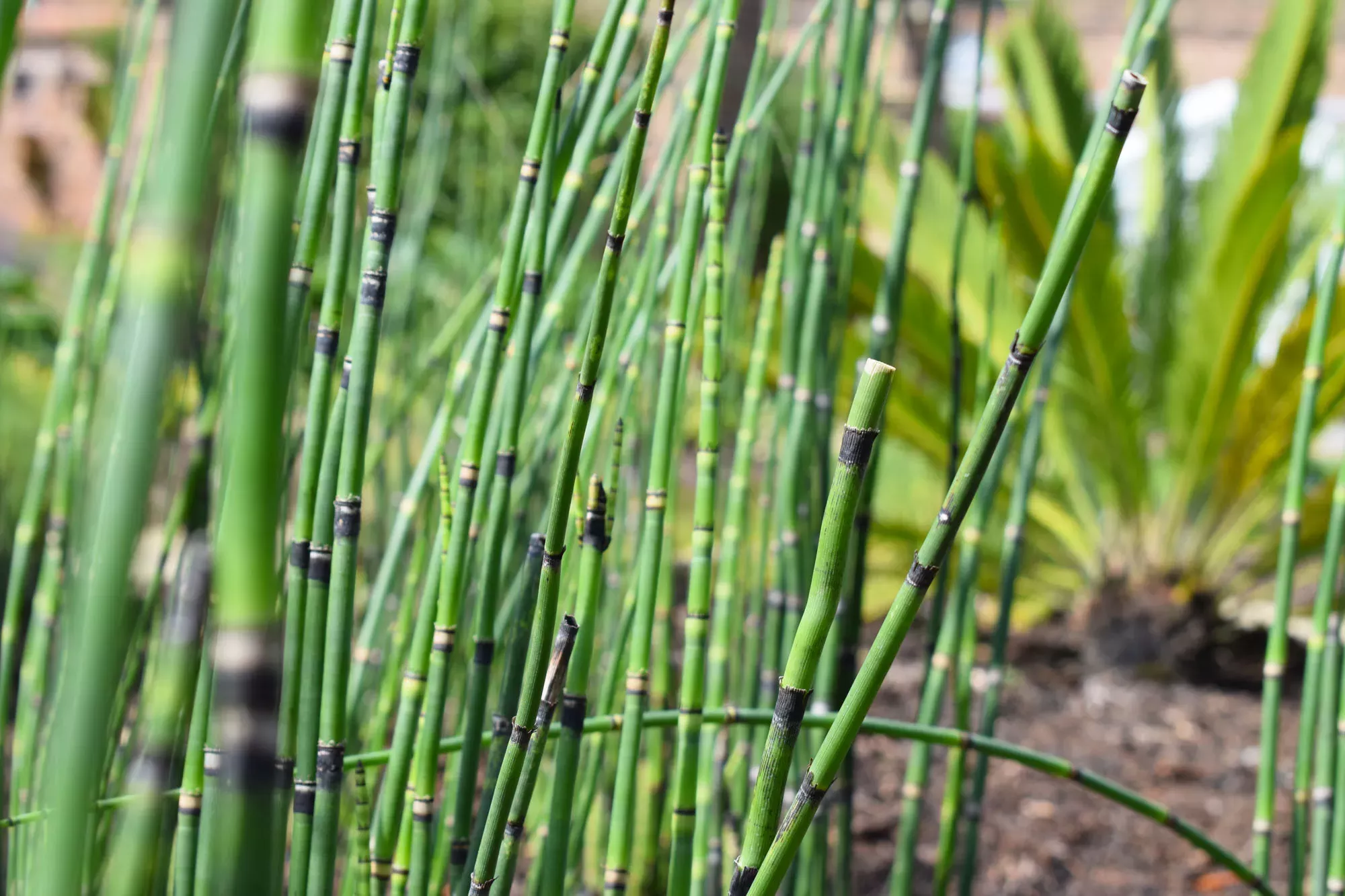
6. Can you hear it?
The garden is literally buzzing. That’s the sound of all the bees and other pollinators visiting the plants.
Early flowering plants developed around 160 million years ago, and some were similar to those you can see in the magnolids room today.
Their reproduction depended on pollination by insect groups that couldn't work out how to get the goods from more complex flowers, so these early flowers were simple structures that made it easy for visiting pollinators to access.
As co-evolution between insects and plants continued over time, floral structures became more complex, making the butterflies, beetles and bees work a bit harder to get to the pollen.
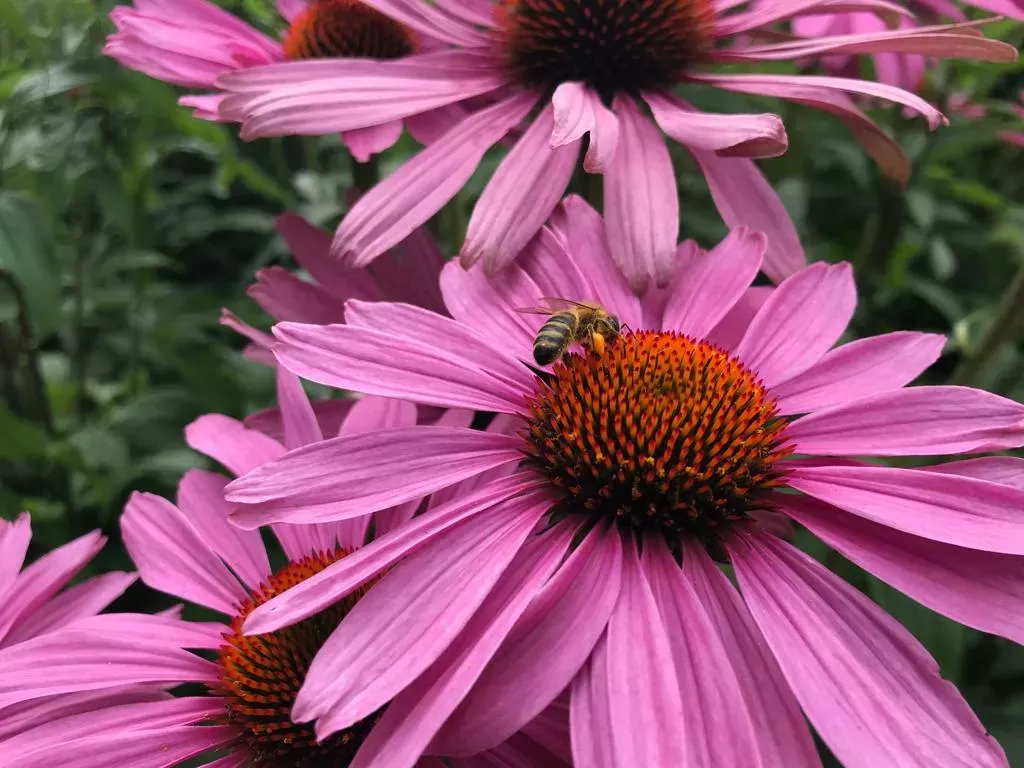
7. Team effort
The garden is looked after by two horticulturalists and up to three students.
From staking, dead heading and collecting seeds from plants like love-in-a-mist (Nigella damascena), it’s a full-time job for them, and all the other horticulturalists and apprentices at Kew who stop by to take care of it.
8. Food for thought
The asterids are one of the largest groups, so we designed the garden to be split across two rooms.
This is the origin of some of our important food crops, including potatoes and tomatoes. The toxicity of others in the grouping, such as deadly nightshade, make them unsuitable to eat.
Also part of this group are sages, olives and rosemary, which tend to be drought-resistant so can be found thriving in drier climates.

9. Old friends
You will see some familiar faces in the garden.
We retained some of the rarer, naturally sourced plants from the previous order beds and planted them again. Keep a look out for Paeonia anomala, collected from Sichwan and Glycyrrhiza yunnanensis (Yunnan liquorice) collected from Yunnan.
10. Hidden foods
You might spot the climbing Apios americana (American groundnut) at the top end of the garden.
The tubers are high in protein and were often planted as food around Native American encampments, who would dig them up and take them to each new settlement.
11. Smell the roses
The rose pergola is made up of 26 varieties of roses. In the next few years, they will climb higher up the brickwork to create a beautiful, fragrant archway overhead.
